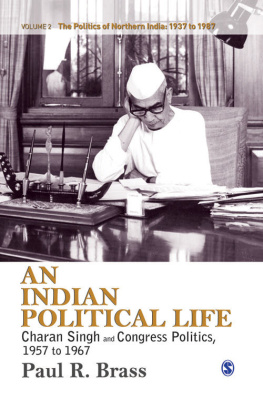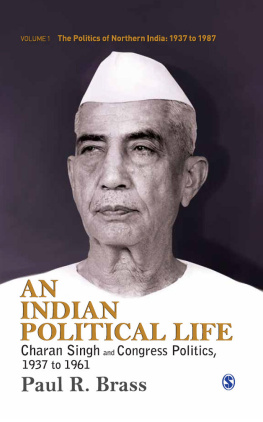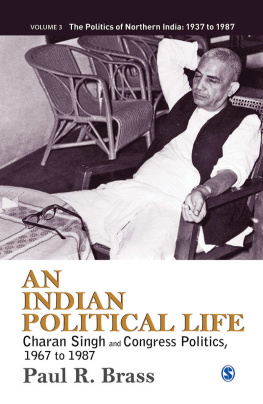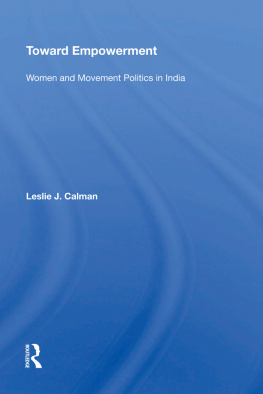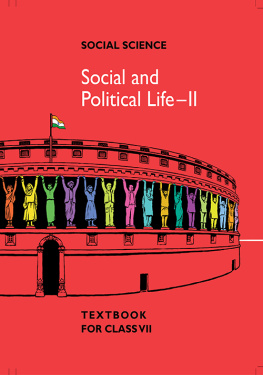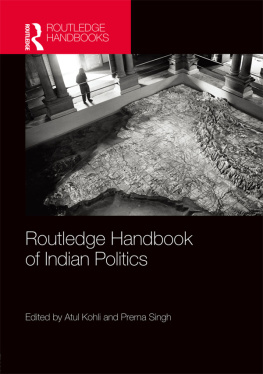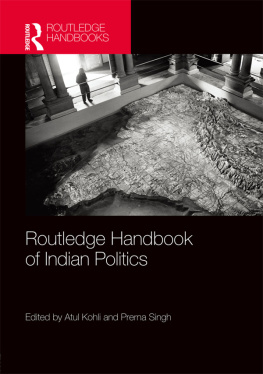We are grateful to Prof. Paul R. Brass for bringing out an excellent book on the life and time of Ch. Charan Singh. This book contains an in-depth analysis of events and shines the light on a man with honesty, integrity, ambition and public good at heart.
Sharda and B. D. Singh
Daughter and son-in-law of Late Ch. Charan Singh
Pittsburgh, USA
THE DISTRICTS OF UTTAR PRADESH, 1947 TO 1975


Copyright Paul R. Brass, 2012
All rights reserved. No part of this book may be reproduced or utilized in any form or by any means, electronic or mechanical, including photocopying, recording or by any information storage or retrieval system, without permission in writing from the publisher.
First published in 2013 by

| SAGE Publications India Pvt Ltd B1/I-1 Mohan Cooperative Industrial Area Mathura Road, New Delhi 110 044, India www.sagepub.in |
SAGE Publications Inc 2455 Teller Road Thousand Oaks, California 91320, USA |
SAGE Publications Ltd 1 Olivers Yard
55 City Road London EC1Y 1SP, United Kingdom |
SAGE Publications Asia-Pacific Pte Ltd 3 Church Street #10-04 Samsung Hub Singapore 049483 |
Published by Vivek Mehra for SAGE Publications India Pvt Ltd
Library of Congress Cataloging-in-Publication Data Available
ePub ISBN: 978-81-321-1715-5
The SAGE Team: Rudra Narayan, Aniruddha De, Anju Saxena and Dally Verghese
This book is dedicated to that rare breed of politicians who, while upholding and practicing nonviolence, have the gumption to state what they believe, to act upon their beliefs, and to accept the consequences of their actions.
Series Note for Volume II
Volume I ended with the resignation of Charan Singh from the government of Dr. Sampurnanand in 1959. This volume overlaps with that resignation. It begins in 1957 with a chapter on regional political economy that takes up one of the recurring issues in the history of Uttar Pradesh (UP), namely, the considerable differences between the western and eastern districts in agricultural practices, political orientation, and caste composition of the population. These differences were in large part responsible for the persisting desire on the part especially of the political classes in the western districts to sever the relations between the two regions and create instead two new states. That desire has waxed and waned for nearly a century and has again, as this volume goes to press, become a pressing political issue. The first precedent for a division of this vast state was established with the formation of the new hill state of Uttarakhand. The entire history of these demands and movements for reorganization has been provided in chapters 1 and 2. Charan Singhs role in issues of states reorganization for northern India was substantial, but was mostly hidden until his break with the Congress after 1967.
Three chapters in volume II concern the development of Charan Singhs discontent in the Congress. Because of the antagonism on the part of Nehru and his daughter towards both Charan Singh and the latters political rival, C.B. Gupta, a new interlude intervened in the struggle for power in the state. That was brought about by the fortuitous selection of Sucheta Kripalanian almost complete outsider to the politics of this stateas chief minister. The appointment of Sucheta Kripalani was but a temporary stopgap that merely slowed the decline of the Congress as the dominant party in the state. It was an interlude that ended with further deterioration of the Congress as an effective political organization in UP, but also with the end of C.B. Guptas dominance in state politics, the defection of Charan Singh from the Congress to form a new political party and, at last, to achieve his goal of becoming chief minister of UP.
This period is marked also by great changes at the Center: the death of Jawaharlal Nehru, the beginnings of the fragmentation of the Congress not only in UP, but in half the states in the country, and the rise of Nehrus daughter to power as prime minister and the dominant personality in Indian politics. Volume II ends at this crucial turning point in north Indian political history. At this moment, for the first time, the Indian National Congress, now under the leadership of Indira Gandhi, faced the prospect of loss of control of the largest and politically most important state in the Union. Embroiled in conflict at the Center with the old guard of Congress leaders who came to the fore under the famous Kamaraj Plan, there began at this juncture a struggle between her and Charan Singh in which her fate as leader of the Congress and the country was at stake.
Volume III will begin with the circumstances leading up to the rise of non-Congress politics, the defection of Charan Singh to take up the leadership of the first non-Congress government, the Samyukta Vidhayak Dal, and the period of political instability marked by the rise and fall of short-lived governments in the state. This was a time when the fate of Indira Gandhi as leader of the country was at stake, after the death of both her father and then Lal Bahadur Shastri. Charan Singh and the non-Congress political formations in UP were major obstacles to her goal.
During this period of political turmoil and transformation between 1967 and 1987, old and new actors came to the fore in alliance with Charan Singh. These included Rammanohar Lohia and his supporters in both UP and Bihar, notably Madhu Limaye, Karpuri Thakur in Bihar, and Raj Narain from eastern UP. The alliance led to the creation of a broad social base across northern India, drawing its principal strength from the backward classes, whose political rise in northern India begins from this time.
Contents
Part I: Regionalism and Reorganization of States
Part II : Development and Discontent
Part III : Decline of the Congress
Figures
(FOLLOWING )
3.1 |
3.2 |
3.3 |
3.4 |
3.5 |
3.6 |
3.7 |
3.8 |
3.9 |
3.10 |
3.11 |
3.12 |
3.13 |
3.14 |
3.15 |
3.16 |
3.17 |
3.18 |
Abbreviations
ADO | agriculture development officer |
AG | advocate general |
AICC | All-India Congress Committee |
AZP | Antarim Zila Parishad |
BC/BCs | Backward Class/Backward Classes |
BDO | block development officer |
BJP | Bharatiya Janata Party |
BKD | Bharatiya Kranti Dal |
BLD | Bharatiya Lok Dal |
BSP | Bahujan Samaj Party |
Next page
